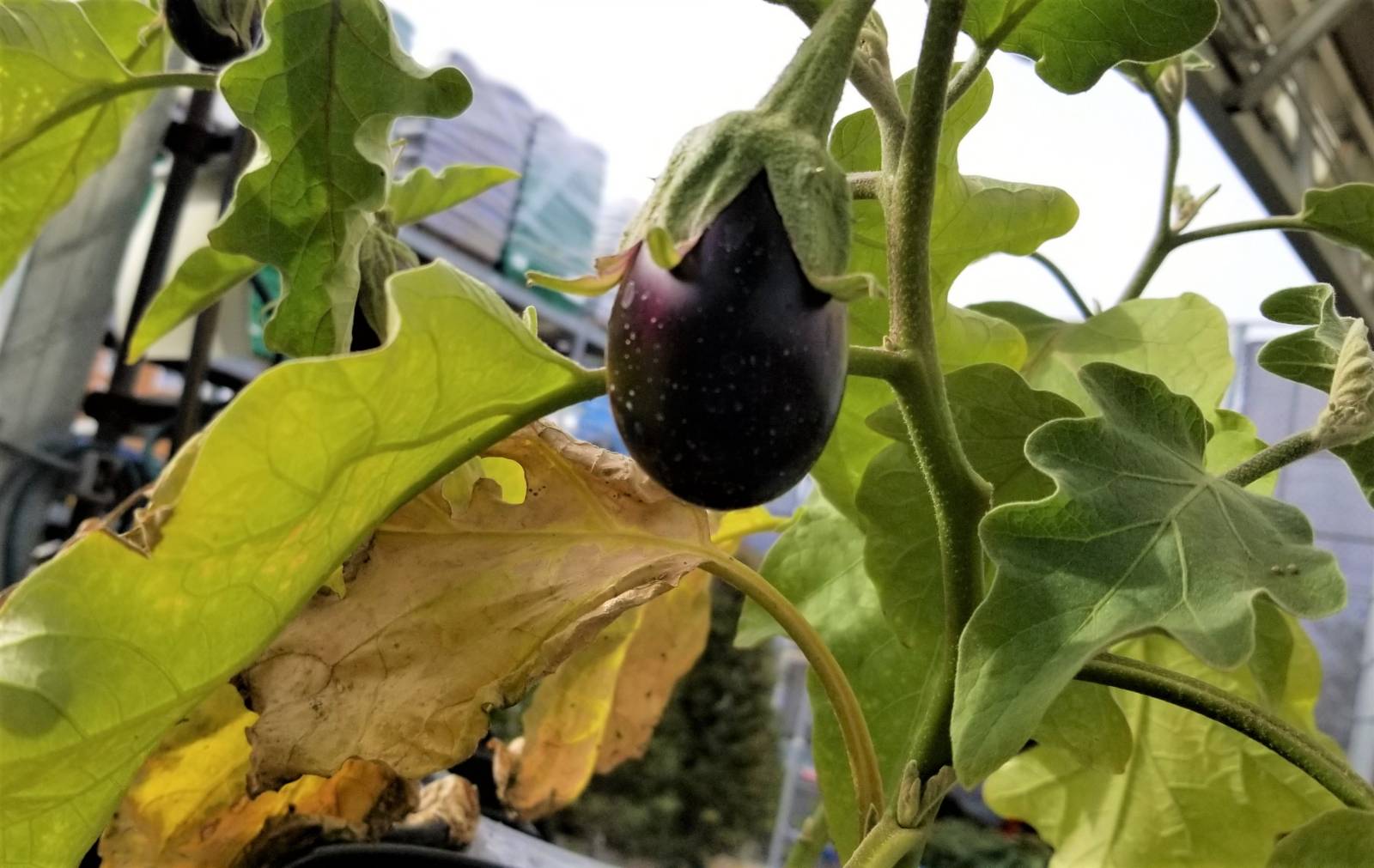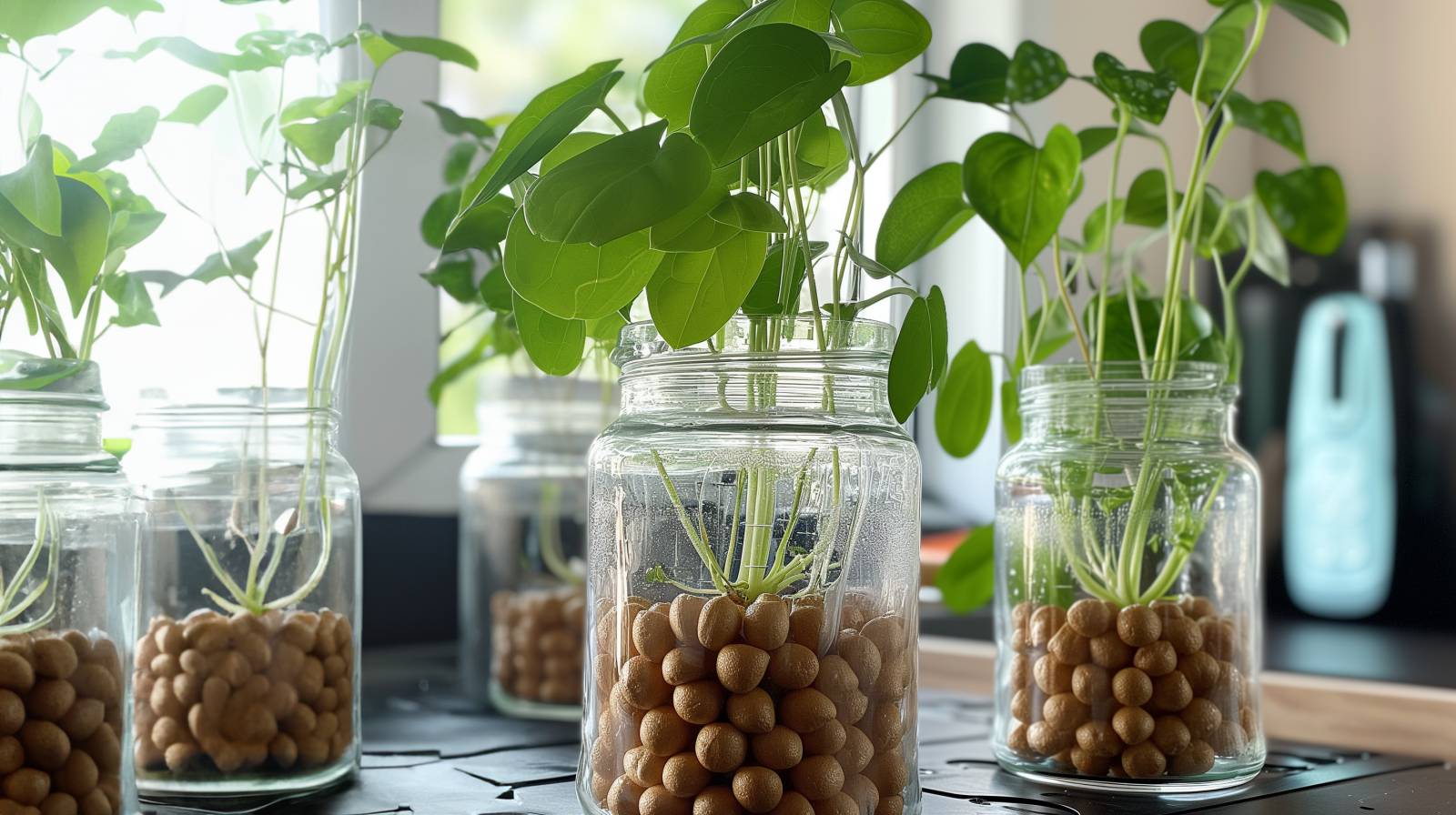Growing eggplants can be a rewarding endeavor for both novice and experienced gardeners. These versatile and nutritious vegetables, also known as aubergines or brinjals, are known for their striking purple hue and tender, absorbent flesh that takes on the flavors around it when cooked.
Table of Contents
ToggleEggplants require a warm climate and nutrient-rich soil to produce a healthy crop. It’s best to start the seeds indoors, about 6-9 weeks before the last expected frost, and transplant them outside once the weather is consistently warm. By carefully preparing the soil, ensuring proper spacing, and providing the right amount of water and nutrients, you can maximize your chances of a bountiful harvest.
As you get started on your eggplant-growing journey, keep these factors in mind to help your plants flourish:
Eggplant Varieties
Eggplants come in a diverse range of shapes, sizes, and colors, offering you plenty of options to choose from when planning your garden. Here, we will discuss some popular eggplant varieties that you can consider growing.
- Japanese Eggplants are long, slender, and dark purple in color. They have a tender skin and a delicate flavor that makes them a favorite in various cuisines. This variety is known for its quick cooking time and versatility in different dishes.
- Striped Eggplants are an attractive choice for your garden due to their unique appearance. These varieties bear fruit with purple and white stripes and can come in both elongated and round shapes. They are often praised for their mild and sweet taste.
- Italian Eggplants, like the well-known ‘Globe’ variety, are large and round, with a deep purple skin. They’re popular in Mediterranean dishes due to their meaty texture and ability to absorb flavors from other ingredients. These eggplants require more space to grow but yield an impressive harvest.
- Indian Eggplants, also known as ‘brinjal’, are commonly used in Indian and Middle Eastern cuisines. They come in various shapes and colors, such as small, round, dark purple, or green. Indian eggplants typically have a rich taste and thin skin, making them perfect for stews and curries.
- Thai Eggplants are small, round, and can be green, purple, or white. They are often used in traditional Southeast Asian dishes like curries or stir-fries. Thai eggplants have a slightly bitter taste that pairs well with strong flavors and spicy dishes.
- White Eggplants stand out for their color, resembling an egg in both shape and hue. They typically have a milder flavor compared to other varieties and a slightly firmer texture, which makes them suitable for a range of cooking methods.
As you’re choosing which eggplant varieties to grow in your garden, consider the space you have available, your preferred dishes, and the unique characteristics of each type.

Getting Started
Starting from Seed
To grow eggplants successfully, start by planting eggplant seeds indoors 6-9 weeks before the last expected frost date. Eggplants require warmth, so germinating the seeds indoors will ensure they receive the right temperature and light conditions. When the seedlings have grown to a suitable size, transplant them into your garden or into pots.
Selecting the Right Location
Choose a location for your eggplants that provides plenty of sunlight – they need at least 6-8 hours of direct sun exposure per day. Ensure the spot is protected from strong winds, as eggplants can be sensitive to cold drafts. If you plan to grow eggplants in containers, select pots of at least 5 gallons to accommodate their root systems and provide sufficient space for growth.
Soil Preparation
Eggplants thrive in nutrient-rich, well-draining soil with a pH level between 6.0 and 6.8. Prior to planting, amend the soil with a generous amount of compost to provide nutrients and help retain moisture in the root zone. Perform a soil test to determine the existing pH level and adjust it as needed, using lime to raise or sulfur to lower the pH. Proper soil preparation will create a favorable environment for your eggplants to reach their full growth potential.

Planting and Growing
Successful Planting
Make sure the soil has warmed to near 70 degrees Fahrenheit before transplanting. Use high-quality, well-drained potting mix in your trays and sow 1-3 seeds per cell about ¼ inch deep. After the danger of the last spring frost has passed, transplant seedlings to your garden by digging holes slightly larger than the seedlings’ roots, spaced 24-30 inches in all directions. Place the seedlings gently in the holes and fill the space around their roots with soil.
Eggplant Care
Water them well after planting, and add a layer of mulch to retain moisture and suppress weeds. Provide support to your eggplants by setting up 24-inch-high stakes 1 to 2 inches from each plant or using cages. This will prevent the plants from falling over when laden with fruit.
Pollination and Flowering
Eggplants are typically self-pollinating, but the occasional assistance of pollinators, such as bees, can be beneficial. As the flowers bloom, monitor them closely and ensure there are pollinators present for better fruit production.
Pest and Disease Management
To protect your eggplants from pests and diseases, implement a few preventive measures. Practice crop rotation, which helps reduce the buildup of soil-borne diseases and pests. Remove any plant debris near the eggplants, as it can harbor pests. Also, keep an eye out for common pests like aphids, flea beetles, and spider mites and treat them accordingly with insecticidal soap or neem oil.
Pruning Steps and Advice
Pruning or pinching back eggplants can help to improve air circulation and light penetration, leading to healthier plants and potentially larger and more prolific fruit. When eggplants are young, pruning the first few flowers can help them to establish stronger roots and stems. Pruning can also help manage the size and shape of the plant, particularly if space is limited. However, it’s important not to over-prune, as this can stress the plant and reduce yield.
The best time to prune eggplants is early in the growing season when the plant is still young. You can start when the plant is around 12-18 inches tall by removing the first few flowers that appear, allowing the plant to divert more energy into root and stem development. Later in the season, removing some leaves, particularly lower ones that may be yellowing or showing signs of disease, can improve air circulation and light penetration.
To prune eggplants, use sharp, clean shears to minimize the risk of spreading disease. Start by pinching off the first few flowers that appear, allowing the plant to focus energy on developing strong roots and stems. As the plant grows, prune lower leaves that may be yellowing or showing signs of disease, and any branches that are crossing or growing inward. Always make clean cuts at the base of the branch or leaf stem, close to the main stem. Be careful not to remove more than 20-30% of the plant’s foliage at any one time, to avoid stressing the plant. Be mindful that the aim of pruning is to balance the plant’s growth and fruit production, not to remove foliage excessively.

Harvesting and Storing Eggplants
Harvesting eggplants at the right time ensures optimal taste and texture. Typically, eggplants take 16-24 weeks to grow before they can be harvested. Check on your plants every 1-2 days, as eggplants can quickly become overripe and bitter.
When it comes to determining if an eggplant is ready for harvest, you should observe its size, shape, color, and texture. Most eggplants varieties grow to about 6-9 inches long, but this will vary depending on the specific type. The fruit’s shape should be uniform, without any deformations.
The color of a ripe eggplant will also vary depending on the variety. Most commonly, eggplants are deep purple, but they can also be white, pink, or striped. Look for a rich, vibrant color, and avoid those that display dull or smudged tones. It is important to know the specific color of the mature fruit for the variety you are growing to ensure proper harvesting.
To test an eggplant’s ripeness by touch, gently press your finger against the fruit. It should feel firm yet give slightly. You will also notice that ripe eggplants have a glossy skin and feel heavy for their size.
When harvesting eggplants, cut the stem with a sharp pair of gardening shears or scissors. Be sure to leave an inch or so of the stem attached to the fruit. This will make handling the eggplant easier and prevent damage to the delicate skin.
To store your harvested eggplants, keep them in a cool, dry place, ideally between 50-54°F (10-12°C). Avoid placing eggplants in direct sunlight, as the heat and light will cause them to spoil faster. You can store them in a single layer in a ventilated container, separated by paper towels to prevent any moisture build-up. Eggplants can last up to two weeks in proper storage conditions.

Common Eggplant Dishes
Eggplant, also known as aubergine, is a versatile vegetable, and a staple ingredient in various cuisines. In this section, we’ll discuss some popular eggplant dishes that you can try at home.
Eggplant Parmesan is a classic Italian dish where slices of eggplant are breaded, fried, and layered with tomato sauce, mozzarella, and Parmesan cheese. It’s then baked to perfection, resulting in a flavorful and textured meal. To prepare a healthier version, you could opt to bake or grill the eggplant slices instead of frying them.
Moussaka is a hearty Greek dish made with layers of sliced eggplant, potatoes, and a spiced ground meat mixture, often lamb or beef. The dish is typically topped with a creamy béchamel sauce and baked until bubbly and golden. To make it vegetarian, you can substitute the meat with lentils or mushrooms.
In Mediterranean and Middle Eastern cuisines, you’ll find several dishes incorporating eggplant. One such dish is Baba Ganoush, a velvety, smoky eggplant dip made by roasting eggplant until soft, then blending it with tahini, garlic, lemon juice, and seasonings. Serve this dip with warm pita bread or raw vegetables for a delicious appetizer or snack.
Another eggplant dish worth trying is Ratatouille, a rustic, slow-cooked vegetable stew from southern France. This dish combines eggplants with other vegetables like tomatoes, bell peppers, onions, and zucchini. Seasoned with fragrant herbs such as thyme and basil, Ratatouille makes a delicious and hearty side dish or could be served as a main course over pasta or crusty bread.
Frequently Asked Questions
What is the ideal temperature for growing eggplant?
Eggplants thrive in warm environments and require a temperature range of 70° to 85°F for optimal growth. They will suffer when temperatures drop below 50°F. Ensure you grow eggplants during the warmest, frost-free time of the year to achieve the best results.
What is the proper spacing for planting eggplants?
The proper spacing for planting eggplants is approximately 18 to 24 inches apart within rows, and 30 to 36 inches between rows. Providing ample space will allow for better air circulation and prevent the spread of diseases, ultimately promoting the overall health of your eggplants.
How long does it take for eggplants to mature?
It generally takes around 100 to 150 days from the time you sow the seeds until harvest, depending on the variety. From the moment seedlings are transplanted, it usually takes about 60 to 90 days for the fruit to mature and be ready for harvest.
What is the best method to grow eggplants from seeds?
Start by sowing seeds indoors 6 to 9 weeks before the last expected frost date. You can use seed-starting trays or small pots filled with a well-draining seedling mix. Cover the seeds with a thin layer of soil and keep the seedlings moist and warm, ideally at a temperature range of 70 to 80°F. Once the seedlings develop their true leaves and are about 3 inches tall, they can be transplanted outdoors when the temperature is consistently above 50°F.
What are common problems encountered while growing eggplant?
Common issues encountered while growing eggplants include pests, diseases, and inadequate environmental conditions. Some pests include aphids, flea beetles, and spider mites that may cause damage to the leaves and fruit. Diseases like bacterial wilt and Verticillium wilt can affect the growth and production of your eggplants. Ensure proper plant care, maintain good soil conditions, and adequate spacing to minimize these problems.
How can I get the best eggplant yield?
To maximize your eggplant yield, consider the following tips: plant in nutrient-rich, well-draining soil; ensure the plants receive at least 6 hours of sunlight daily; maintain consistent soil moisture but avoid overwatering; apply a layer of mulch to help retain moisture and suppress weeds; prune the lower leaves if necessary; and fertilize with a balanced liquid fertilizer throughout the growing season according to the package instructions.









